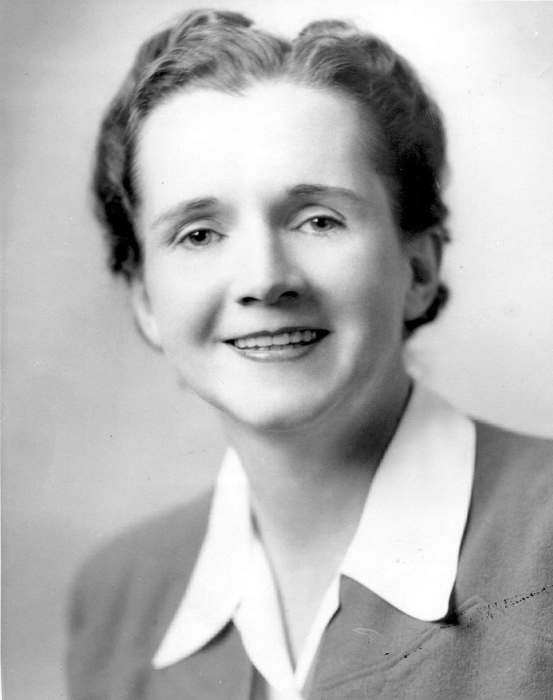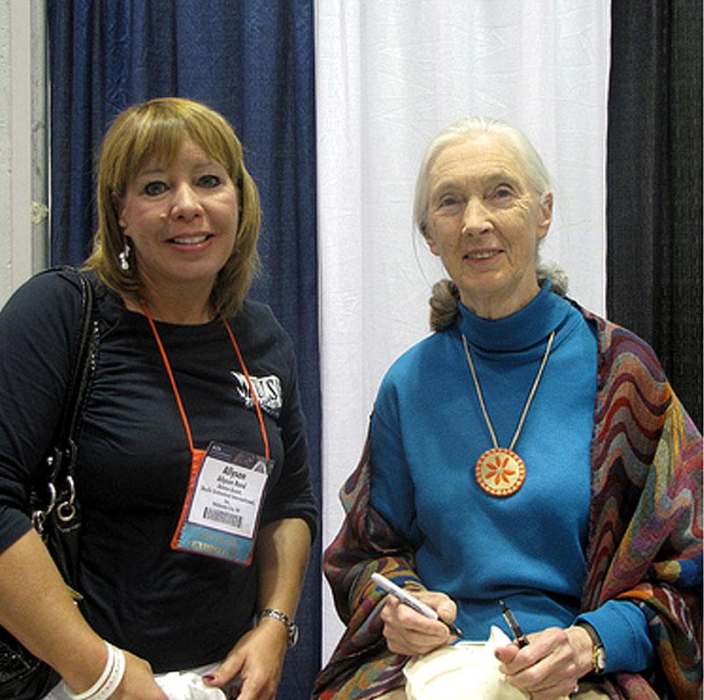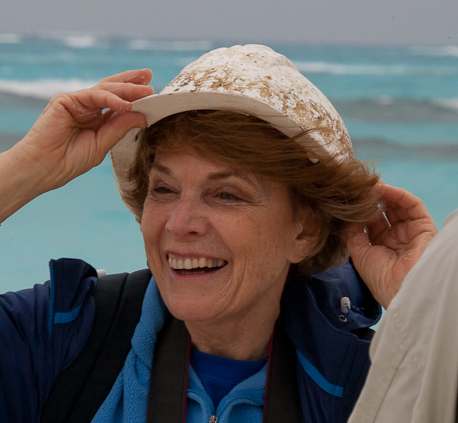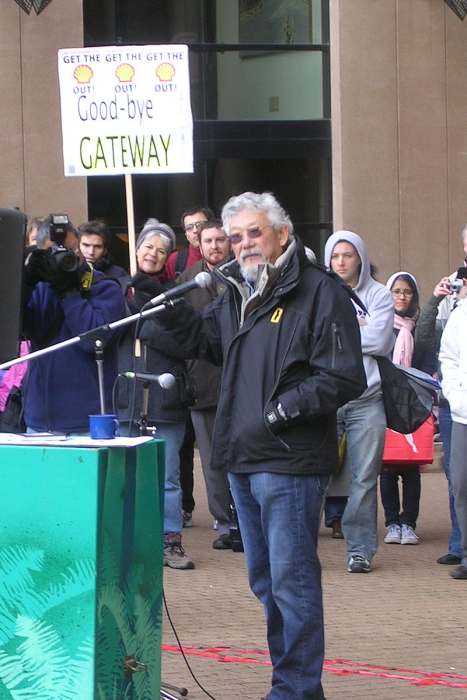In a world facing unprecedented environmental challenges, the heroes of environmental science shine as beacons of hope and action. From the depths of the oceans to the heart of dense forests, these remarkable individuals have dedicated their lives to understanding our natural world and advocating for its preservation. Their groundbreaking work not only deepens our comprehension of the environment but also drives the global movement towards sustainability and conservation.
This post pays tribute to some of the most influential environmental science heroes. Through their relentless pursuit of knowledge and unwavering commitment to the planet, they have left an indelible mark on both the scientific community and society at large. Join us as we celebrate their achievements and the lasting legacy they have created for future generations.
Rachel Carson (1907-1964)
In the early 1960s, Rachel Carson changed the course of environmental science and conservation with her groundbreaking book, “Silent Spring.” With a clear and persuasive voice, Carson detailed the devastating effects of pesticides on the environment, igniting a global environmental movement. Her work led to a major shift in public awareness about conservation and climate change, marking her as a true hero in environmental science.
Rachel Carson’s passion for the natural world and her dedication to scientific integrity sparked a wave of action against the unchecked use of pesticides. Her ability to communicate complex scientific ideas in a way that was accessible and compelling to the general public was revolutionary.
Carson’s work transcends her own time, offering inspiration to countless individuals who continue to fight for a healthier planet. Her unwavering commitment to environmental conservation and her belief in the power of informed public opinion have left an indelible mark on the world.
James Lovelock (1919-2022)
James Lovelock, a distinguished figure in environmental science, introduced a groundbreaking idea that reshaped our understanding of the Earth: the Gaia Hypothesis. This concept suggests that our planet operates as a single, self-regulating system, a living entity that maintains the conditions necessary for life. Lovelock’s hypothesis was a bold step, challenging conventional views and urging us to see the Earth as a complex, interconnected organism.
Lovelock’s work did more than just offer a new perspective on Earth’s biology; it served as a wake-up call about the impact of human actions on the planet. By presenting the Earth as a living system, he made the case for conservation and climate change action more compelling and urgent.
Wangari Maathai (1940-2011)
Wangari Maathai stood at the forefront of environmental conservation, becoming a beacon of hope and resilience in Kenya and beyond. She founded the Green Belt Movement in 1977, a revolutionary effort that transformed the landscape and lives through the simple act of planting trees. Maathai’s initiative was not just about adding greenery; it was a powerful tool for environmental conservation, restoring dignity to the women of Kenya, and fighting against the challenges of deforestation, soil erosion, and lack of water.
Maathai was more than an environmentalist; she was a fierce advocate for human rights, women’s empowerment, and social justice. Her unwavering determination to stand up for the environment often meant standing against powerful political forces, yet she did so with grace and unwavering conviction. Her work earned her the Nobel Peace Prize in 2004, making her the first African woman to receive this honor.
Jane Goodall (born 1934)
Jane Goodall is renowned for her groundbreaking work with chimpanzees in Tanzania’s Gombe Stream National Park. Starting in 1960, without any formal scientific training at that time, Goodall embarked on a journey that would redefine human understanding of our closest animal relatives.
One of Goodall’s most significant contributions was the discovery that chimpanzees make and use tools. This finding was revolutionary because, until then, tool-making was considered a defining characteristic of humans. Goodall observed chimpanzees stripping leaves off twigs to fish for termites, demonstrating foresight, planning, and the ability to use natural objects as tools. This observation not only blurred the line between humans and animals but also expanded our understanding of animal behavior.
She is a leading voice in discussions on environmental issues, animal rights, and the interconnectedness of all living things. Her ability to communicate complex scientific findings in an accessible and engaging way has made her a beloved figure and an influential advocate for the natural world.
Sylvia Earle (born 1935)
Sylvia Earle, affectionately known as “Her Deepness,” has made monumental contributions to oceanography and deep-sea exploration. Starting in the 1960s, Earle led the first all-female team of aquanauts in the Tektite II project and has since participated in more than a hundred expeditions worldwide. Her work has been pivotal in developing new technologies for accessing the deep sea, allowing humans to explore previously unreachable parts of the ocean.
One of Earle’s most significant achievements is her research on marine ecosystems, particularly her studies on the impact of human activities on coral reefs, kelp forests, and other vital underwater habitats. She has tirelessly documented the beauty and complexity of the ocean’s biodiversity, highlighting the interconnectedness of all marine life. Her efforts have shed light on the drastic changes our oceans face and the urgent need for comprehensive conservation measures.
Beyond her scientific and conservation achievements, Sylvia Earle’s greatest impact may be her ability to inspire others. Through her books, lectures, and documentaries, she has brought the wonders of the ocean into the hearts and minds of people around the world.
David Suzuki (born 1936)
David Suzuki, a Canadian geneticist turned environmental activist, has made an indelible mark on the global consciousness through his work in broadcasting. As the host of “The Nature of Things,” a science documentary television series, Suzuki brought complex environmental issues into the living rooms of millions of viewers around the world. His ability to convey urgent ecological messages in an accessible and compelling manner has educated and inspired a wide audience to take action for the planet.
Perhaps Suzuki’s most significant contribution to environmental advocacy is the establishment of the David Suzuki Foundation. Founded in 1990, the organization focuses on climate change, sustainability, and conserving the natural environment. His optimistic yet realistic approach to addressing environmental challenges has motivated individuals and communities to take meaningful action toward a healthier planet.
Vandana Shiva (born 1952)
Vandana Shiva, an Indian scholar and environmental activist, has dedicated her life to the protection of biodiversity and the promotion of organic farming. Her most notable work involves the founding of Navdanya, a movement aimed at preserving heirloom seeds in the face of increasing corporate control over agriculture. Shiva’s efforts have safeguarded thousands of seed varieties essential for the future of sustainable farming and food sovereignty.
Vandana Shiva has also been instrumental in linking environmental conservation with women’s rights, coining the term “Eco-Feminism.” She argues that women, especially those in rural communities, are the most affected by environmental degradation and climate change. Her tireless work in preserving biodiversity, challenging corporate dominance in agriculture, and advocating for women’s rights has inspired a global movement towards a more equitable and sustainable future.
E.O. Wilson (1929-2021)
E.O. Wilson was a visionary biologist who transformed our understanding of the natural world. Known as the father of sociobiology, Wilson introduced the concept that social behavior in animals, including humans, has a genetic basis. His work laid the foundation for a new way of looking at the biological roots of behavior, sparking conversations and sometimes controversy, but always pushing the boundaries of science.
His research on ants and other species highlighted the importance of preserving the planet’s rich tapestry of life. Wilson warned of the dangers of biodiversity loss long before it became a mainstream concern, urging conservation efforts to protect the planet’s fragile ecosystems.
One of Wilson’s most significant contributions was his work on the concept of biodiversity hotspots. He helped identify areas around the world that are rich in species diversity yet threatened by human activities. His ability to communicate complex ideas with clarity and enthusiasm inspired countless individuals to pursue careers in science and conservation.
Conclusion
The environmental heroes we’ve celebrated in this post have not only advanced our understanding of the natural world but have also sparked a global movement towards its protection. Their work crosses the boundaries of science, activism, and education, uniting people across the globe with a common purpose: to safeguard our planet for future generations. These pioneers have shown us the power of individual action, the importance of scientific inquiry, and the urgent need for conservation.
Through their groundbreaking research, passionate advocacy, and inspirational leadership, they have laid the foundation for a more sustainable and just world. As we face the environmental challenges of our time, their stories remind us that change is possible when we come together to act for the greater good.





